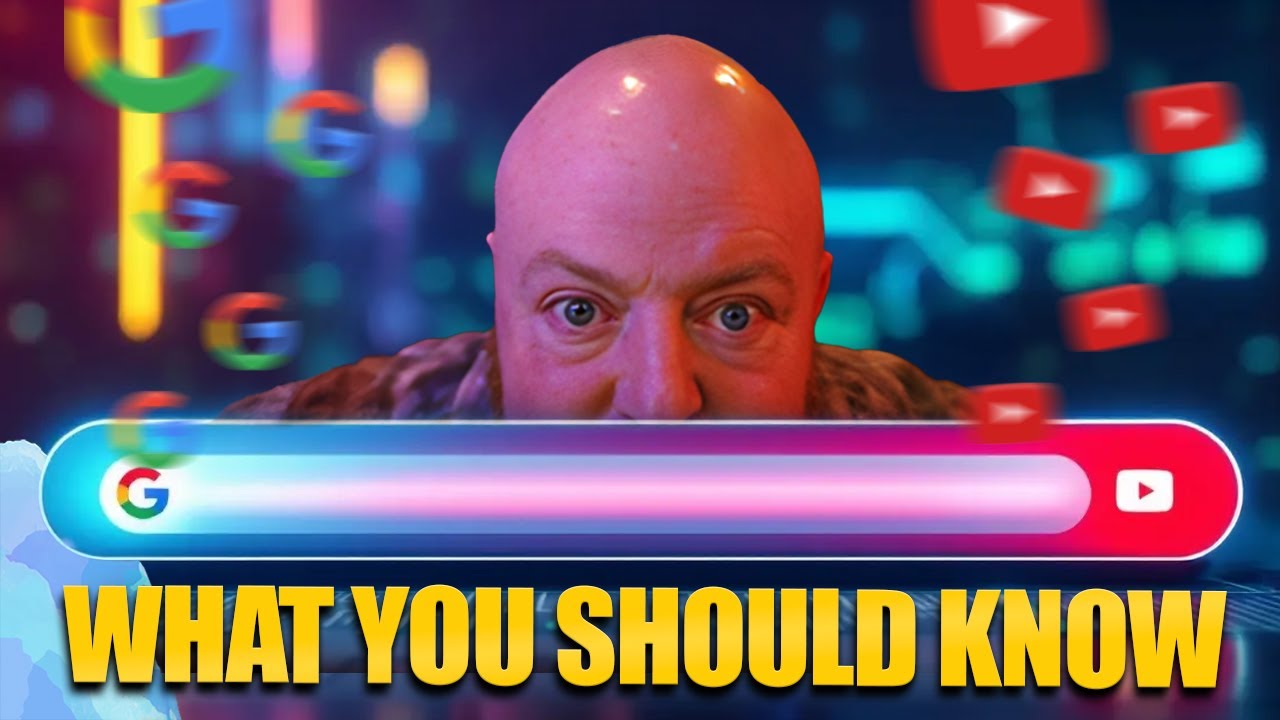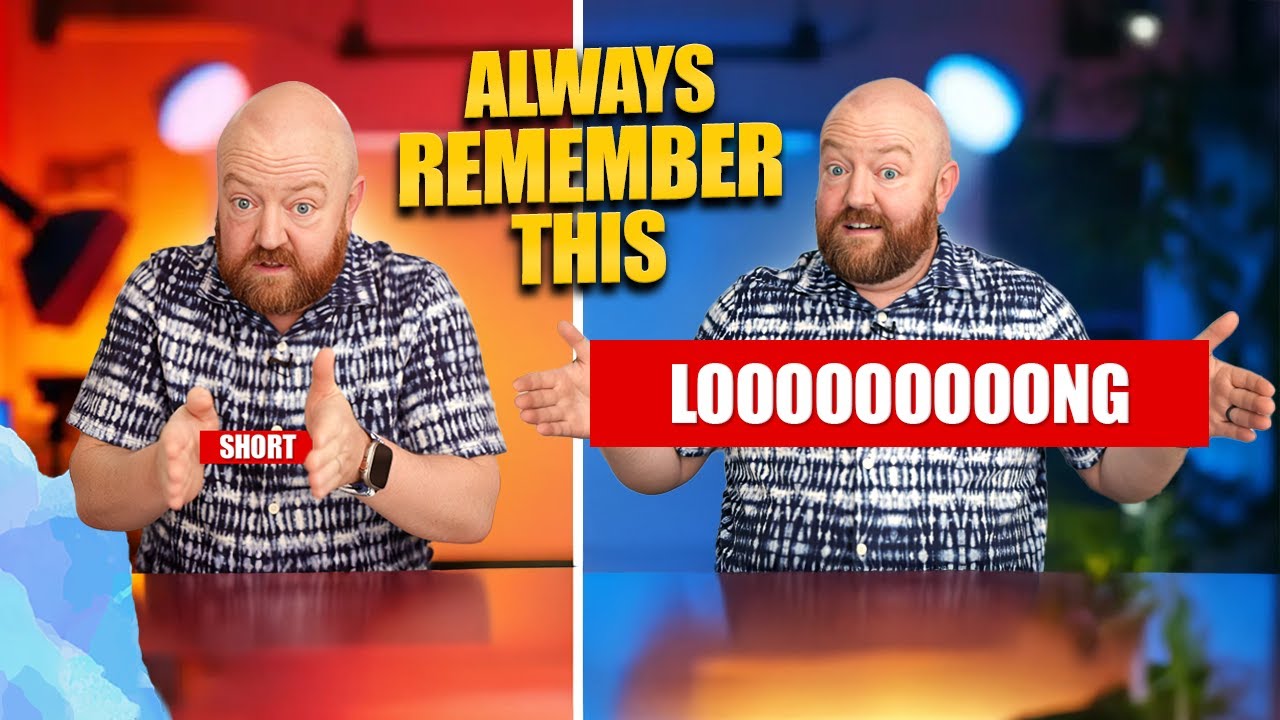If you’ve been trying to improve your YouTube rankings and haven’t seen the results you were expecting, it might be because the keyword research strategies you’re using are outdated. You’ve probably been taught methods that focus on website SEO—strategies that worked when Google was purely a search engine for websites. But times have changed. Google is now a search engine for content, and YouTube, which Google owns, is quickly becoming the go-to platform for content discovery.
In this article, I’ll walk you through a modern approach to YouTube keyword research that works better for both YouTube and Google. It’s a strategy that I’ve used to help many creators dominate search rankings on both platforms.
Why Traditional SEO Isn’t Enough for YouTube
Tools like VidIQ and TubeBuddy often focus on traditional SEO practices, such as optimizing titles, descriptions, and keywords. However, these tools don’t paint the full picture. For instance, VidIQ might rate a video’s optimization score as “low,” even if the video is ranked at the top. Why? Because these tools still rely heavily on outdated SEO methods.
In reality, YouTube’s algorithm is much smarter. It transcribes every video, so if your title aligns with what you’re saying in your video, YouTube knows exactly what your content is about. Forget about overloading your description with keywords or worrying about the keyword field—you don’t even need to fill it out. YouTube does the work for you by analyzing your content, so your title and spoken content should align seamlessly.
What You Should Focus On for Effective Keyword Research
So, what should you focus on when conducting YouTube keyword research? The key is to identify the specific questions your target audience is asking. This is the foundation of great keyword research for YouTube.
There are many tools available to help with this, but it’s important to know that some tools are better than others. One popular tool is Answer the Public. This tool provides a great list of questions related to a specific topic, but it doesn’t tell you the search volume. This is important because you need to know if people are actually searching for these questions consistently.
Tools for Keyword Research on YouTube
Another tool worth considering is Ahrefs. While they offer a YouTube-specific keyword tool, it’s currently under maintenance. However, you can still use the Keyword Magic Tool from Ahrefs, which is fantastic for discovering long-tail keyword opportunities.
I recommend using Keyword Magic Tools to find long-tail keywords with low competition. These are the types of keywords that are perfect for starting your YouTube journey because they allow your videos to rank quickly.
For instance, I helped a client, a parenting expert, find keyword opportunities by typing in “kids to listen” into the tool. The results? A list of questions like “How to talk so little kids will listen?” and “How to get kids to listen without yelling?” These questions have a clear search volume and represent great opportunities for content creation.
The trick is to focus on keywords with search volumes between 10 and 50 searches per month. These are the “low-hanging fruit”—keywords that are easy to rank for and will help you gain visibility quickly.
Advanced Strategy: The Leaf Strategy
If you’ve been following my work for a while, you know I use a tree analogy to describe keyword research. Think of the “leaves” as specific questions that you want to target. But here’s the secret: don’t just grab every leaf you see. Focus on a single branch at a time. Each branch represents a group of related questions, and you want to dominate those branches.
For example, let’s say we’re focusing on a “real estate investor” branch. I did keyword research for a client in the real estate niche, Noelle Randall, and found two branches of questions: one focused on “finding” real estate investment opportunities and the other on “becoming” a real estate investor.
Noelle instantly recognized that the second branch—becoming a real estate investor—was her target audience. By focusing on this branch, we were able to help her rank for questions like “How to get started in real estate investing?” and “What skills do I need to become a successful real estate investor?”
Tracking Your Progress
The power of this strategy lies in tracking your rankings over time. When we first checked Noelle’s rankings in February, she was only ranking for two keywords at the top. But after focusing on the right branch and creating videos around those keywords, her rankings skyrocketed. By July, she was dominating the search results for a range of real estate investment questions.
The key takeaway here is this: domination is possible. If you focus your keyword research on specific branches and questions within those branches, you can achieve top rankings on YouTube and Google.
Next Steps
If you’re serious about mastering keyword research for YouTube, I’ve created an in-depth video on the Leaf Strategy. It’s packed with actionable tips and strategies to help you take your YouTube content to the next level. Watch it now and learn how to start ranking for the questions that matter most to your audience.





